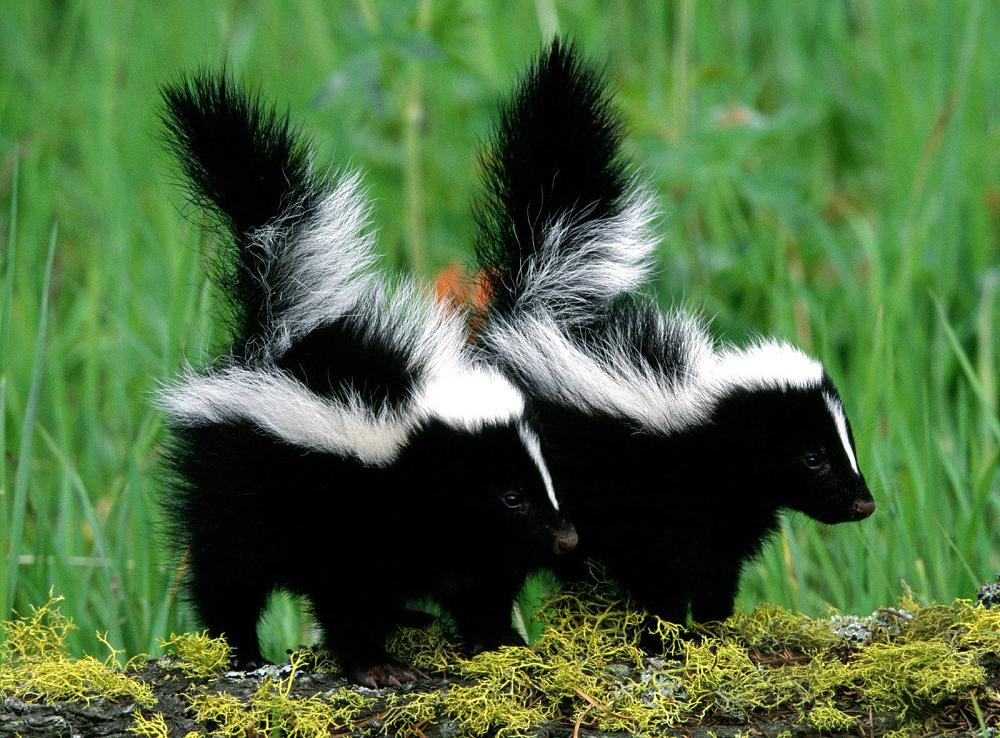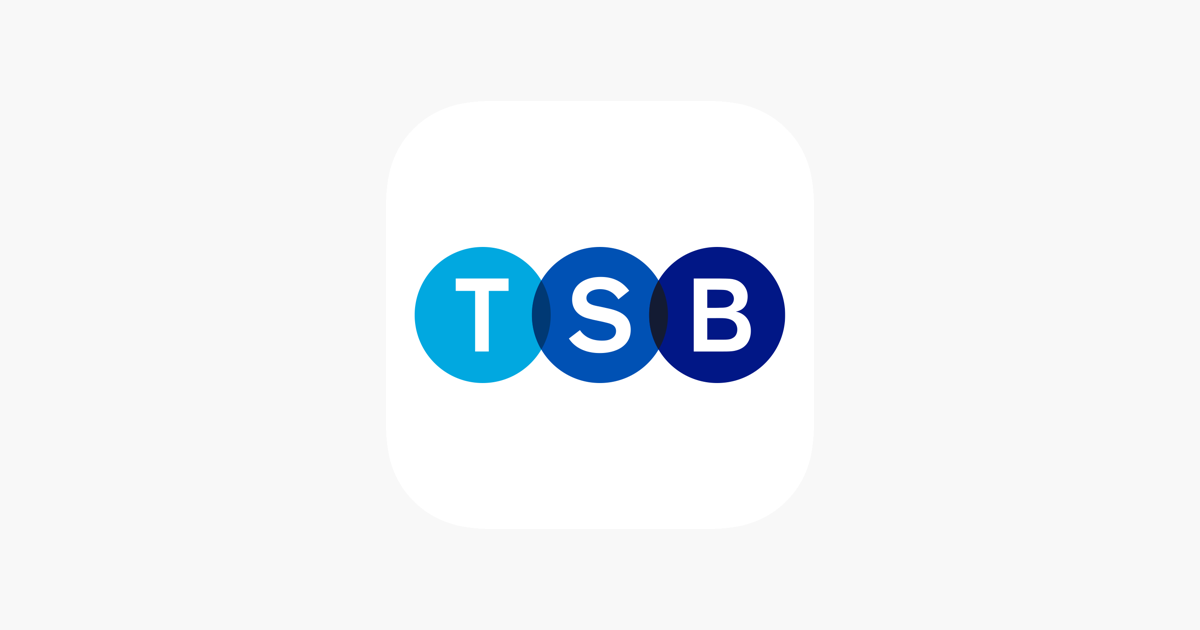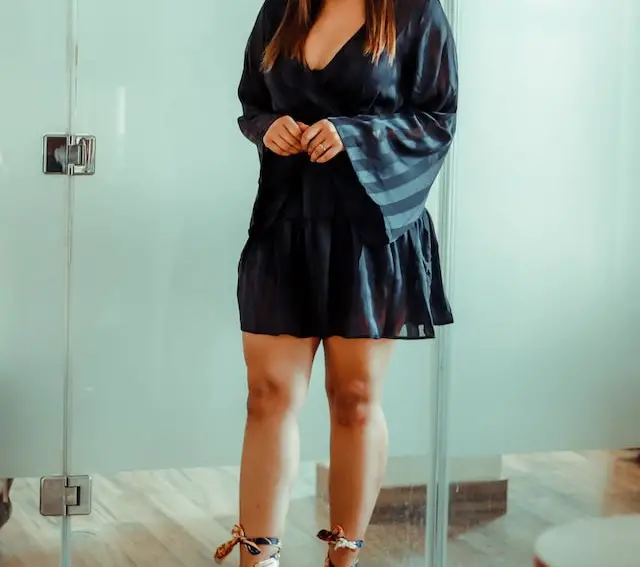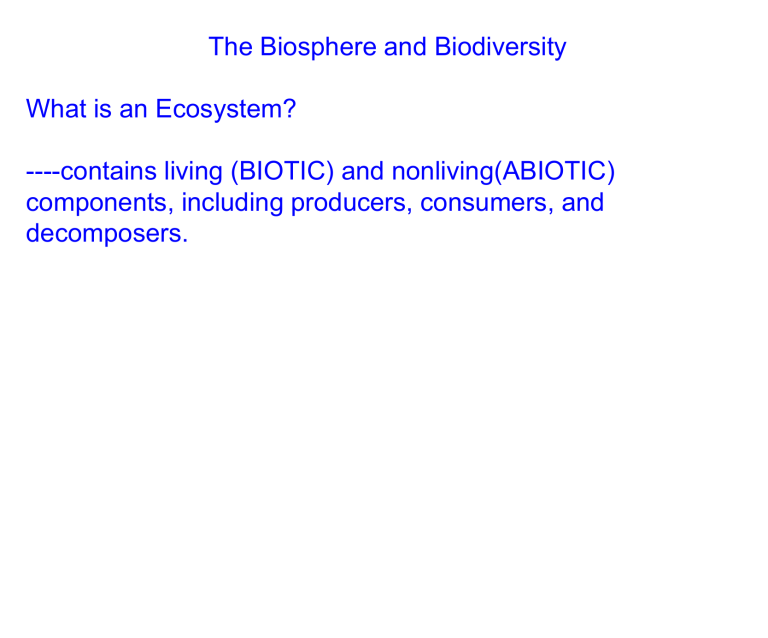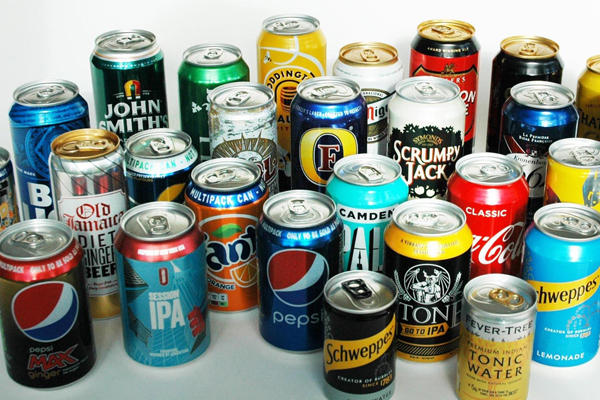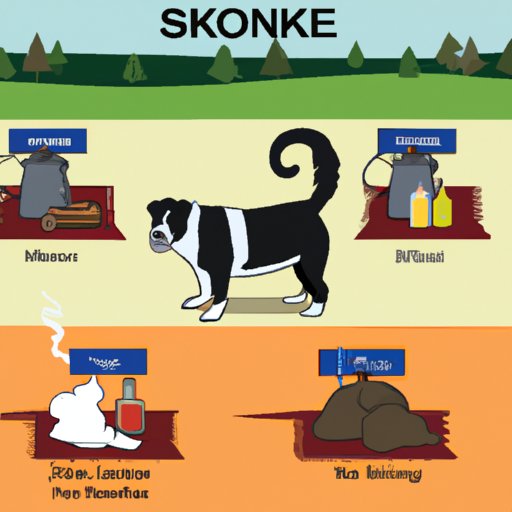UNIF Clothing: Fast Fashion Brand Analysis
Is unit consider fast fashion? Analyze the brand’s business model
The fashion industry has undergone significant transformations in recent decades, with fast fashion become a dominant business model characterize by rapid production cycles, trend replication, and affordable pricing. Unit (unique national international funky) has gain popularity among young consumers for its alternative, edgy aesthetic, but many shoppers question whether it fall into the fast fashion category.

Source: fashionui.com
What define fast fashion?
Before examine unit specifically, it’s important to understand what constitute fast fashion. Fast fashion brands typically share several key characteristics:
- Rapid production cycles (weeks sooner than months )
- Quick turnover of styles and frequent new releases
- Lower price points compare to traditional retail
- Trend replication instead than original design innovation
- Mass production methods
- Outsourced manufacturing to countries with lower labor costs
- Emphasis on quantity over quality and durability
Notable examples include Zara, H&M, fashion nova, and shan, which have bbuilttheir business models around these principles.
Unit’s business model and production practices
Unit was found in 2011 by Eric Espinoza and Christine lie in Los Angeles, California. The brand has cultivated a distinctive aesthetic that combine elements of punk, grunge, and 90s nostalgia. Unlike many fast fashion retailers that aim for mass market appeal,unitf target a specific subculture and style preference.
Production speed and volume
Unit release new collections seasonally sooner than weekly or day by day as ultra-fast fashion brands do. Their production cycle more tight resemble a traditional fashion calendar with some mid-season additions, sooner than the constant churn of new styles see at fast fashion giants.
The brand produce limited quantities of many items, with popular pieces oftentimes sell out and not constantly being restocked instantly. This contrast with fast fashion’s emphasis on constant availability and high volume production.
Price point analysis
Unit’s pricing sit in a mid-range category that’s higher than typical fast fashion but lower than premium designer brands:
- T-shirts: $45 85
- Dresses: $89 169
- Outerwear: $120 300
- Footwear: $88 198
These price points exceed those of traditional fast fashion retailers like H&M or forever 21, where t shirts might cost $5 20 and dresses $$1540. The higher prices suggest potentially better quality materials and construction, though this vavariesy item.
Manufacturing practices
Unit maintain some domestic production in Los Angeles, peculiarly for select items and limited releases. Nonetheless, the brand to manufacture abroad, include in cChina which is common across the fashion industry disregarding of category.
The brand doesn’t provide comprehensive transparency about what percentage of products are make domestically versus internationally, make it difficult to amply assess their manufacture ethics.
Quality and durability of unit products
Product quality is a key differentiator between fast fashion and more sustainable brands. Consumer reviews of unit products show mixed results regard quality:
Strengths in quality
- Specialty items like platform shoes and statement pieces oftentimes receive praise for durability
- Unique design elements and details that aren’t well replicate by humble price competitors
- Some staple pieces maintain their appearance and structure after multiple wears
Quality concerns
- Inconsistency across product categories, with some items show fasting wear
- Reports of stitch issues on certain garments
- Some synthetic materials that may not hold up arsenic good as natural fibers
- Occasional complaints about color fade after washing
This mixed quality profile place unit in a gray area between fast fashion and more premium brands. While some items demonstrate craftsmanship that exceed fast fashion standards, others may not justify their higher price points in terms of durability.
Design approach: trend following vs. Original aesthetic
Fast fashion brands are known for speedily replicate runway trends and popular styles.Unitf’s approach to design offer some interesting contrasts:
Unit’s distinctive identity
The brand has maintained a consistent aesthetic identity focus on alternative, edgy styles with 90s and y2 k influences. Quite than chase every pass trendunitif hacarvedve out a recognizable design niche that attract a specific customer base.
Many designs feature unique elements like custom graphics, distinctive hardware, and signature silhouettes that have become associate with the unit brand. This level of design originality is less common among pure fast fashion retailers.
Trend incorporation
While maintain its core aesthetic, unit does incorporate current trends into its collections. The brand keep pace with broader movements in fashion while adapt them to fit its establish style.
This balanced approach to trend engagement — neither ignore nor slavishly follow every trend — positions unit otherwise from both traditional fast fashion brands and high-end designers who set instead than follow trends.
Sustainability practices and environmental impact
Fast fashion is notorious for its environmental footprint. Examining unit’s sustainability efforts provide another perspective on its classification:
Current sustainability initiatives
Unit has make some moves toward more sustainable practices, though these efforts remain limited compare to brands that center sustainability in their business model:
- Introduction of some items make with recycle materials
- Limited use of headstock fabrics in certain collections
- Domestic production for some items, potentially reduce carbon footprint from ship
Areas for improvement
The brand lack comprehensive sustainability reporting and transparency that would allow consumers to full evaluate its environmental impact:
- No publish sustainability targets or progress reports
- Limited information about material source and chemical use
- No clear waste reduction or carbon footprint reduction goals
- Absence from major sustainability certifications and initiatives
This mixed profile suggest that while unit may not engage in the well-nigh problematic fast fashion practices, sustainability is not notwithstanding a central focus of their business model.
Marketing strategy and target audience
Unit’s marketing approach differ from typical fast fashion brands in several ways:
Exclusivity vs. Mass appeal
Unlike fast fashion giants that aim for broad market penetration, unit cultivate a sense of exclusivity and subculture connection. Their marketing target fashion forward individuals who identify with alternative aesthetics instead than mainstream consumers.
The brand has built a strong presence on social media, peculiarly Instagram, where they showcase their products on models and influencers who embody their aesthetic. This creates a community around the brand kinda than exactly a customer base.
Limited drops and availability
Unit occasionally release limit edition items or collaborations that generate excitement and urgency among their customer base. This strategy contrast with fast fashion’s emphasis on constant availability and accessibility.
The brand’s products are available through their own website and select retailers preferably than ubiquitous mall presence, interchange distinguish them from traditional fast fashion distribution models.
Compare unit to established fast fashion and sustainable brands
Place unit on the spectrum between fast fashion and more sustainable or premium brands help clarify its classification:
Unit vs. Fast fashion giants
Compare to companies like shan, fashion nova, or hH&M uunit
- Produce fewer styles at a slower pace
- Maintains higher price points
- Create more distinctive designs with less direct trend copying
- Have smaller production volumes
- Demonstrate reasonably better quality in certain product categories
Unit vs. Sustainable fashion brands
Compare to sustainability focus brands like reformation, Patagonia, or Eileen fisher, unit:
- Provide less transparency about supply chain and materials
- Have fewer explicit sustainability commitments
- Offer lower price points (in most cases )
- Places less emphasis on ethical production in marketing
- Use more synthetic materials and fewer organic or certify sustainable fabrics
The verdict: is unit fast fashion?
Base on this comprehensive analysis, unit occupy a middle ground that make simple categorization difficult. The brand demonstrate characteristics that align with both fast fashion and more sustainable or premium fashion categories.
Fast fashion elements
- Some overseas manufacturing in countries with lower labor costs
- Limited transparency about production practices
- Use of synthetic materials in many products
- Minimal publish sustainability commitments
- Regular release of new styles to maintain customer interest
Non-fast fashion elements
- Higher price points than typical fast fashion
- Slower production cycle than ultra-fast fashion brands
- More distinctive design aesthetic with less direct trend copying
- Some domestic production
- Better quality construction in certain product categories
- Cultivation of a specific aesthetic preferably than mass market appeal
Make informed shopping decisions
For consumers concern about the ethics and sustainability of their fashion choices, unit present a complex case that require individual judgment base on personal values:
Considerations when shop at unit
-
Investment potential:
Will consider whether the unit pieces you’re interested in will have will stay power in your wardrobe or are likely to be short term trend items -
Quality assessment:
Research specific items through reviews to determine if the quality justifies the price -
Personal style alignment:
Determine if unit’s aesthetic unfeigned match your personal style quite than represent a pass interest -
Second hand options:
Look for unit items on resale platforms to reduce environmental impact while stock still enjoy the brand’s aesthetic
Alternatives to consider
Depend on what attract you to unit, consider these alternatives that may offer similar aesthetics with different business practices:
- Independent designers with similar aesthetic sensibilities but more transparent production
- Vintage and thrift shopping for authentic 90s and y2 k pieces that inspire unit’s aesthetic
- Brands with stronger sustainability credentials that offer edgy, alternative styles
- Support local designers who produce small batch clothing with similar design elements
Conclusion: beyond simple labels
Unit defy easy categorization in the fast fashion debate. The brand exhibit some characteristics of fast fashion while avoid others, place it in a middle ground that reflect the complexity of today’s fashion industry.
Preferably than definitively label unit as fast fashion or not, consumers might advantageously approach the brand by evaluate specific products, their personal needs, and how individual purchasing decisions align with their values regard quality, design originality, and environmental impact.

Source: lihpao.com
As the fashion industry continue to evolve in response to sustainability concerns, brands like unit face increase pressure to improve transparency and environmental practices. Conscious consumers can contribute to this positive change by make informed choices and support brands when they take steps toward more responsible production.
Finally, the question” is uunitfast fashion? ” mMaybe less important than ” oes this specific ununittem will represent a thoughtful addition to my wardrobe that i’i willalue and wear for years to come? ” by wiBy focus on longevity and personal connection to purchases, consumers can will develop more sustainable relationships with fashion disregardless of brand classifications.
MORE FROM techitio.com
